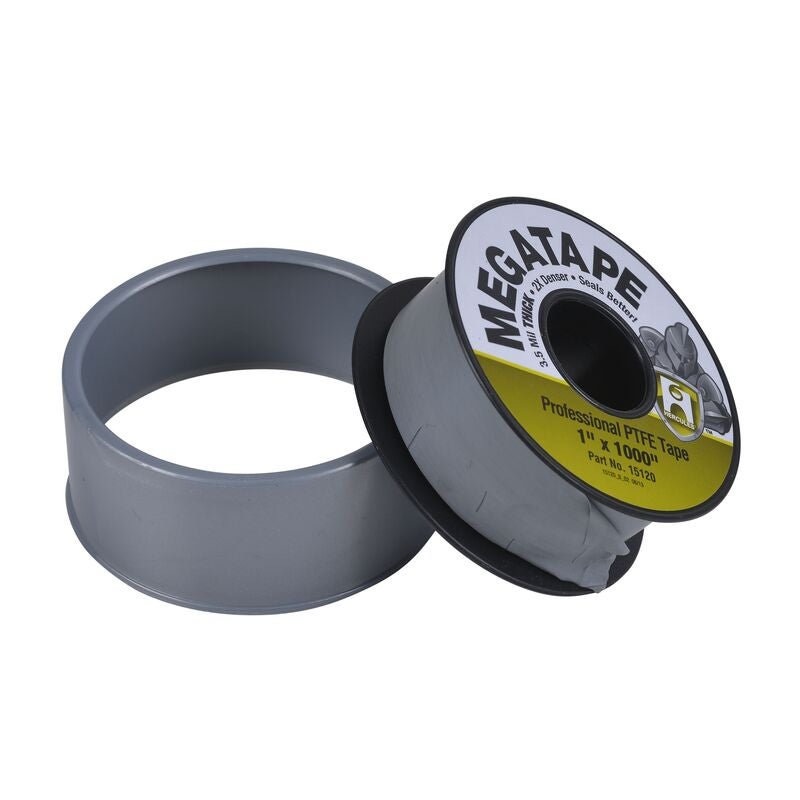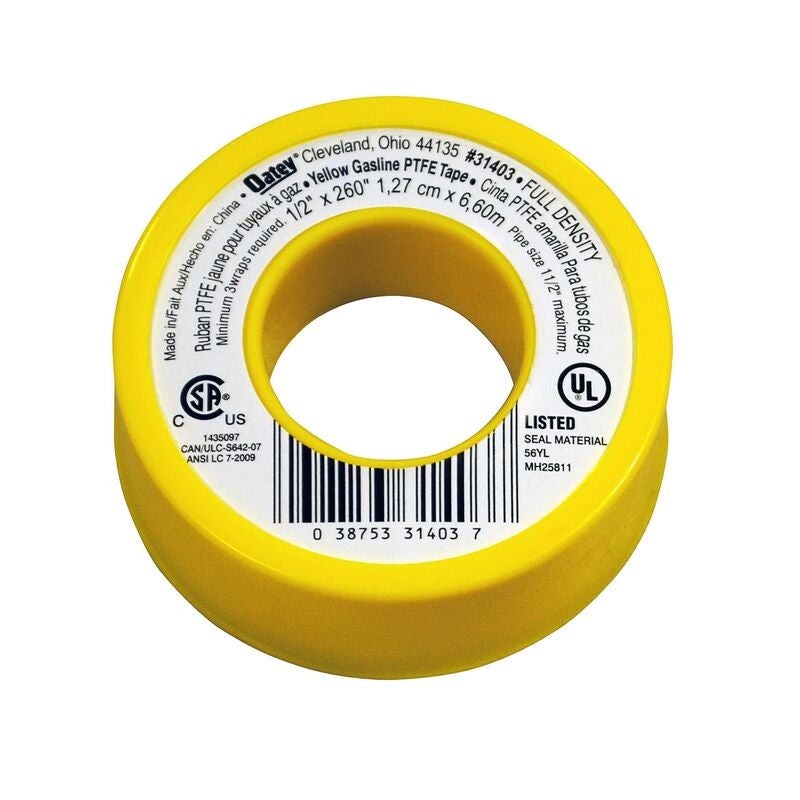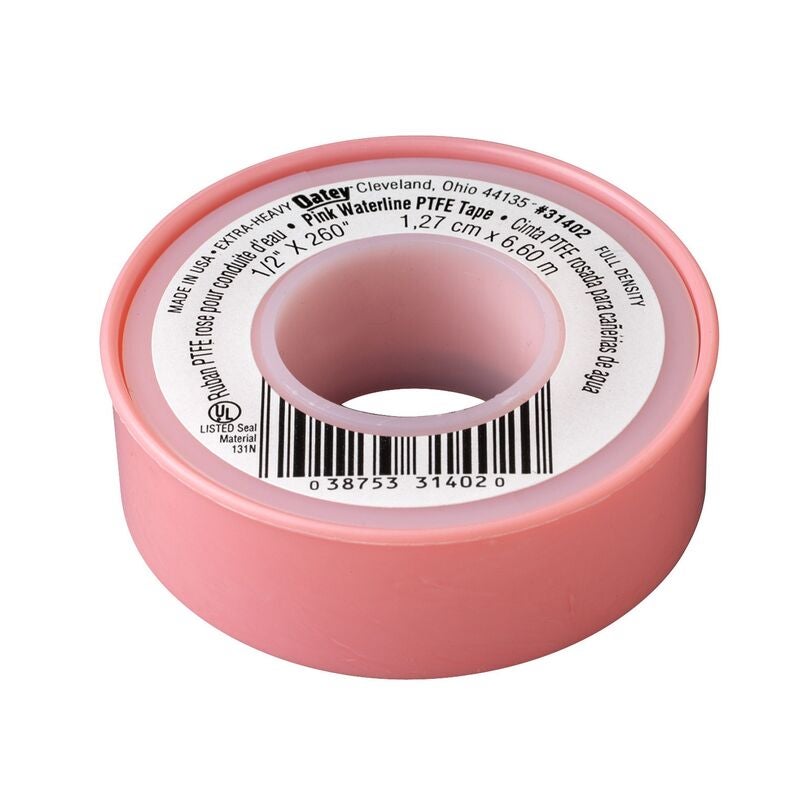Thread seal tape, also known as plumber's tape or Teflon tape, is a simple yet effective way to seal threaded pipe joints and prevent leaks. It fills the gaps between male and female threads, creating a watertight and airtight connection.
Unlike pipe dope, a paste sealant, thread seal tape applies quickly and neatly, and requires no curing time.
Choosing the Right Thread Seal Tape
Thread seal tapes are available in different colors, each designed for a specific application:
- White - General use
- Yellow - Gas lines
- Pink - Water lines
- Gray - Stainless steel
For help selecting the correct tape, refer to: How to Select and Apply Pipe Thread Sealant.
This guide provides a complete, step-by-step process for using thread seal tape correctly, along with expert tips and common mistakes to avoid.
What You'll Need For This Project
- Oatey® MegaTape Thread Sealant Tape or other Oatey® thread sealant tapes
- Pipe and fitting
- Clean rag
Before beginning, confirm that your system's tape is approved. This information can be found on the product label or by checking with the system manufacturer.
Step 1. Clean the Threads
Use a clean rag to remove rust, dirt, grease, or other debris from the male threads. A clean surface helps the tape adhere and seal effectively.
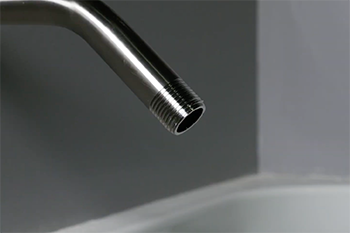
Step 2. Hold the Tape Taut
Pull the end of the tape from the roll and place it at the base of the threads. Hold it firmly in place.
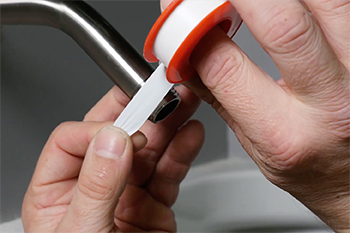
Step 3. Wrap Clockwise
Wrap the tape clockwise, following the same direction that the fitting will turn during assembly. This prevents the tape from unraveling when tightening the joint.
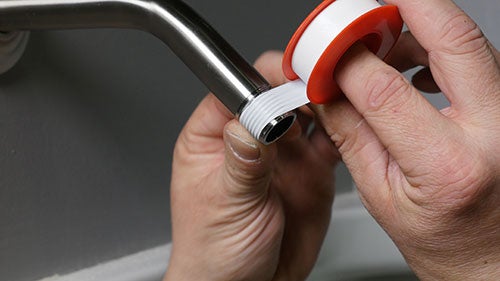
Step 4. Overlap the Tape
Wrap the tape two to four times, overlapping each pass by about half the tape's width. Avoid over-wrapping to prevent excess material from interfering with the seal.
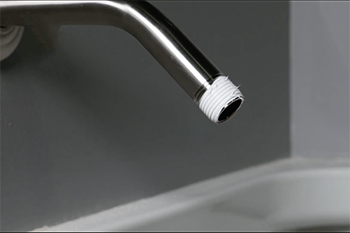
Step 5. Press and Assemble
Tear the tape from the roll. Press it into the threads, and then assemble the joint. Since thread seal tape does not require curing, you can test the connection immediately.
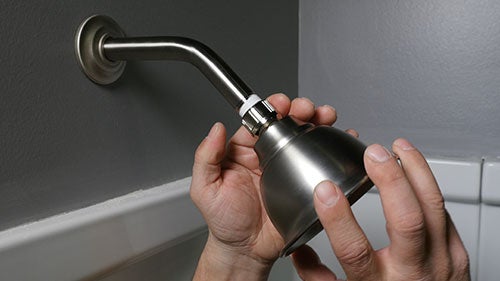
Tips for Success
- Keep the tape away from the first thread: Begin wrapping at least one or two threads back from the pipe's end. This prevents pieces of tape from shredding into the system, which can clog valves or reduce performance.
- Choose the correct tape for the material and application: PTFE tape for water differs from gas-rated yellow or pink tape for stainless steel. Using the right type ensures a secure seal and helps avoid chemical breakdown over time.
- Wrap with consistent tension and overlap: Stretch the tape slightly as you wrap clockwise, following the direction of the threads. Overlap each layer by about half the tape's width to create a uniform seal that resists leaks.
- Store thread seal tape in a clean, dry place: Keep the tape in its case or a sealed bag. Exposure to dust, moisture, or oil can reduce its effectiveness over time.
Common Mistakes to Avoid
- Wrapping in the wrong direction: If tape is applied counterclockwise, it will loosen as the fitting is tightened. Always wrap in the same direction as the threads.
- Using tape on fittings where it is not intended: Do not use tape on flare or compression fittings. These fittings are designed for metal-to-metal sealing; adding tape can cause leaks.
- Using the wrong type of tape for the application: White plumber's tape is not strong enough for gas lines or aggressive chemicals. Always select a tape rated for the specific system you are working with.
- Applying too much or too little tape: Excessive tape can cause fittings to crack, while too little leaves gaps that lead to leaks. Consistent wrap count is key.
Recommended Products
Looking for the right materials? Explore Oatey’s line of trusted thread sealant tape products:
Frequently Asked Questions
-
What is the correct way to wrap thread seal tape?
-
Wrap thread seal tape clockwise around the male threads, starting at the base. Overlap each pass by half the tape's width so the tape stays in place during assembly.
-
-
How many times should I wrap thread seal tape?
-
Wrap the tape two to four times, depending on the thread size. Avoid overwrapping, which can interfere with a proper seal.
-
-
Can I use thread seal tape on gas lines?
-
Yes. Use Oatey® Yellow Gas Line Tape, which is specifically designed and approved for gas line applications.
-
